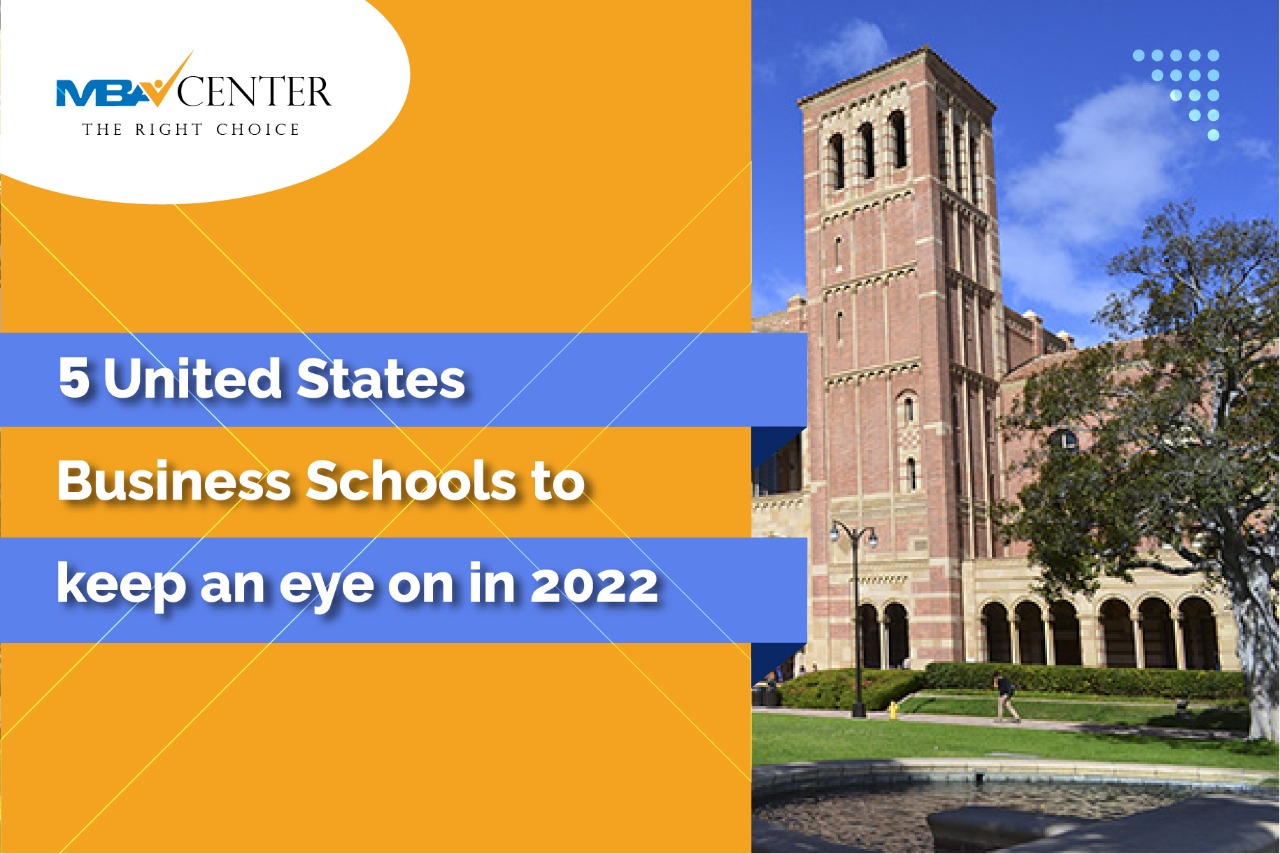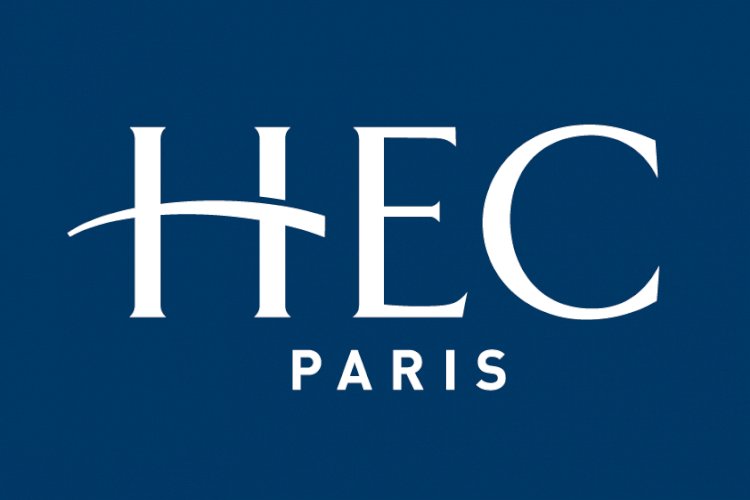
According to the EU, businesses must employ more women. Can Europe's business schools keep up with the times? According to the nonprofit Forte Foundation, women have made enormous improvements in MBA programs at leading B-schools in the United States and around the world, but they still lag behind EU standards for board representation. The European Union is pressuring businesses to make greater strides toward gender equality in the workplace, but the latest initiative, which represents the culmination of a decade's worth of work, faces significant obstacles, particularly in terms of the talent pipeline from European business schools.
If the makeup of MBA classes at Europe's top business schools is any indicator, European corporations will have difficulty satisfying the new demands. Women's presence in MBA programs at HEC Paris, IE, and IESE business schools in Spain, and INSEAD have historically underperformed, notably in comparison to peer schools in the United States, averaging in the low to mid-30% range compared to 40% or more at the best US schools.
A Couple of French Schools Defy the Trend
Women's enrollment in MBA programs worldwide surged in 2021 after stalling in 2020 due to the outbreak of the coronavirus pandemic, hitting an all-time high of 41% last October at the nonprofit Forté Foundation's 56 member institutions. However, a closer examination of European schools using class profiles and data from The Financial Times' Global MBA ranking reveals that they — not their American counterparts — are stifling global progress for women. In its most recent MBA class, HEC Paris reported 34% female students, while INSEAD reported 37%. Notably, some French schools outperformed their peers both in France and across Europe: ESSEC's most recent class had 51 percent women, while ESCP and EDHEC had 46 percent.
In other big EU countries, though, the picture is less rosy. In Germany, for example, the WHU Otto Beisheim School of Management had 36% female students, Mannheim Business School had 33%, and ESMT Berlin had 28%. Women account for 35 percent of MBA students at IMD in Switzerland, 37 percent at SDA Bocconi School of Management in Italy, 33 percent at IE Business School in Spain, and only 25 percent at IESE.
Bottom Lines
The fact that most full-time MBA students are expected to have work experience contributes to women's larger financial concerns. Women are more likely to work in lower-paying sectors in the years between graduation and an MBA, and the gender pay gap means some may be paid less. The increased gender imbalance at elite European schools, which attract more overseas students, may be due to this global gender divide.
If you're a woman thinking about going to business school in Europe, you should think about things like women's access to equal opportunities while determining where to live, study, and even work. When it comes to gender equality, Europe is one of the greatest places in the world. Even MBA grads, however, must contend with unequal prospects for women.
Also read: Essays for MBA admissions that work
 MBA Center Global
MBA Center Global 
























